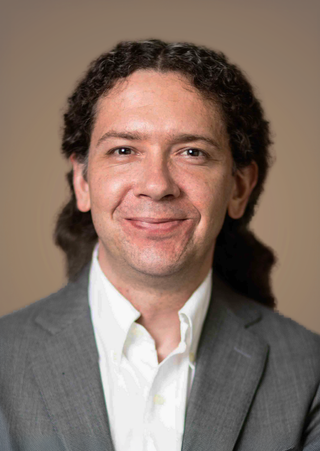The Age
By David Smith
United States Secretary of State John Kerry recently said he has ''serious doubts that Lee Harvey Oswald acted alone'' in the assassination of John F. Kennedy. While Kerry has no alternative explanation for who killed Kennedy, he has never been convinced by the official narrative of the ''lone gunman'' who was killed by another lone gunman. Kerry's beliefs are thoroughly mainstream.
According to a recent Gallup poll, 61 per cent of Americans believe there was more than one man involved in the assassination of Kennedy. Since Gallup first asked the question in 1963, the number of Americans who believe there was a conspiracy to kill Kennedy has never been less than 50 per cent. It has usually been much higher.
Like Kerry, not everyone has a fully developed conspiracy theory. In the most recent poll, 40 per cent of respondents who said there was a conspiracy had ''no opinion'' on who might have been involved. This is more than three times the numbers of people who said they believed the government, the Mafia or the Soviets killed Kennedy.
None of these alternative theories of Kennedy's death has ever gained much respectability. But the simple idea that Oswald could not have acted alone is the most widespread and persistent conspiracy theory in American life.
It draws its power both from its vagueness and its plausibility. You don't need to believe Lyndon Johnson orchestrated a coup to think there is something deeply wrong with the official story of how Kennedy died.
A week after Kennedy's death, President Johnson established the Warren Commission to investigate the assassination. Nine months later, it returned with the finding that Oswald had acted alone. He had fired three shots, two of which struck Kennedy, one also hitting Texas governor John Connally. This finding was backed by 26 volumes of evidence.
As impressive as the Warren report looked, it had serious problems from the beginning. It ignored apparent contradictions in its own evidence. Many found the ''single bullet theory'' about Kennedy and Connally's wounds hard to believe. The government had not followed standard crime scene or autopsy procedure, and much valuable evidence had been lost. The Warren Commission seemed more interested in healing the national psyche than in getting to the bottom of the murder. It didn't work. Critics immediately set about discrediting it, and by 1966 media outlets that initially welcomed its findings were calling for new investigations. According to Robert Goldberg's Enemies Within, President Johnson himself didn't believe the Warren report.
In 1979 the house select committee on assassinations found the Warren report had been inadequate. Committee acoustic experts conceded a ''high probability'' that there had been more than one shooter, but 15 years after the shooting they had no hope of identifying other suspects. By this time, about 80 per cent of Americans believed there had been a conspiracy, a much higher number than today.
By the end of the 1970s, Americans had little reason to believe anything their government told them. The Pentagon Papers, released in 1971, showed the Johnson administration had escalated military action in Vietnam under false pretences, while promising ''no wider war''. It had then systematically lied to both the public and Congress about the scope of the American war in south-east Asia.
The Pentagon Papers played a role in Richard Nixon's spectacular downfall. Daniel Ellsberg, who leaked the papers, made Nixon's extensive list of real and imagined enemies, whom he harassed through every means at his disposal. The Watergate revelations about the extent of Nixon's criminality further damaged the public's already precarious trust in government.
In 1958, according to the National Election Study, more than 70 per cent of Americans believed the federal government could be ''trusted to do what is right'' all or most of the time. By 1980 that figure was 25 per cent. It has rarely been above 40 per cent since then.
Some Americans believed, and continue to believe, that the government killed Kennedy.
A version of this theory appeared in Oliver Stone's movie JFK, which posits that the military-industrial complex killed Kennedy and installed Johnson because Kennedy was planning to withdraw from Vietnam. There is little evidence for this theory but it has emotional resonance because it imagines Kennedy as a tragic lost leader who could have prevented the next decade of war and lies (a picture somewhat at odds with Kennedy's own record in Cuba and Vietnam).
It is unlikely the US government was responsible for Kennedy's death, but it was certainly responsible for the proliferation of conspiracy theories. The Warren report established a pattern of the government ''closing the books'' for the supposed good of the nation. It was by this logic that Gerald Ford pardoned Nixon in 1974, saying he ''cannot prolong the bad dreams''.
The most important lesson from Kennedy's death is that when governments try to kill conspiracy theories, they make them worse.
This article originally appeared in The Age.





